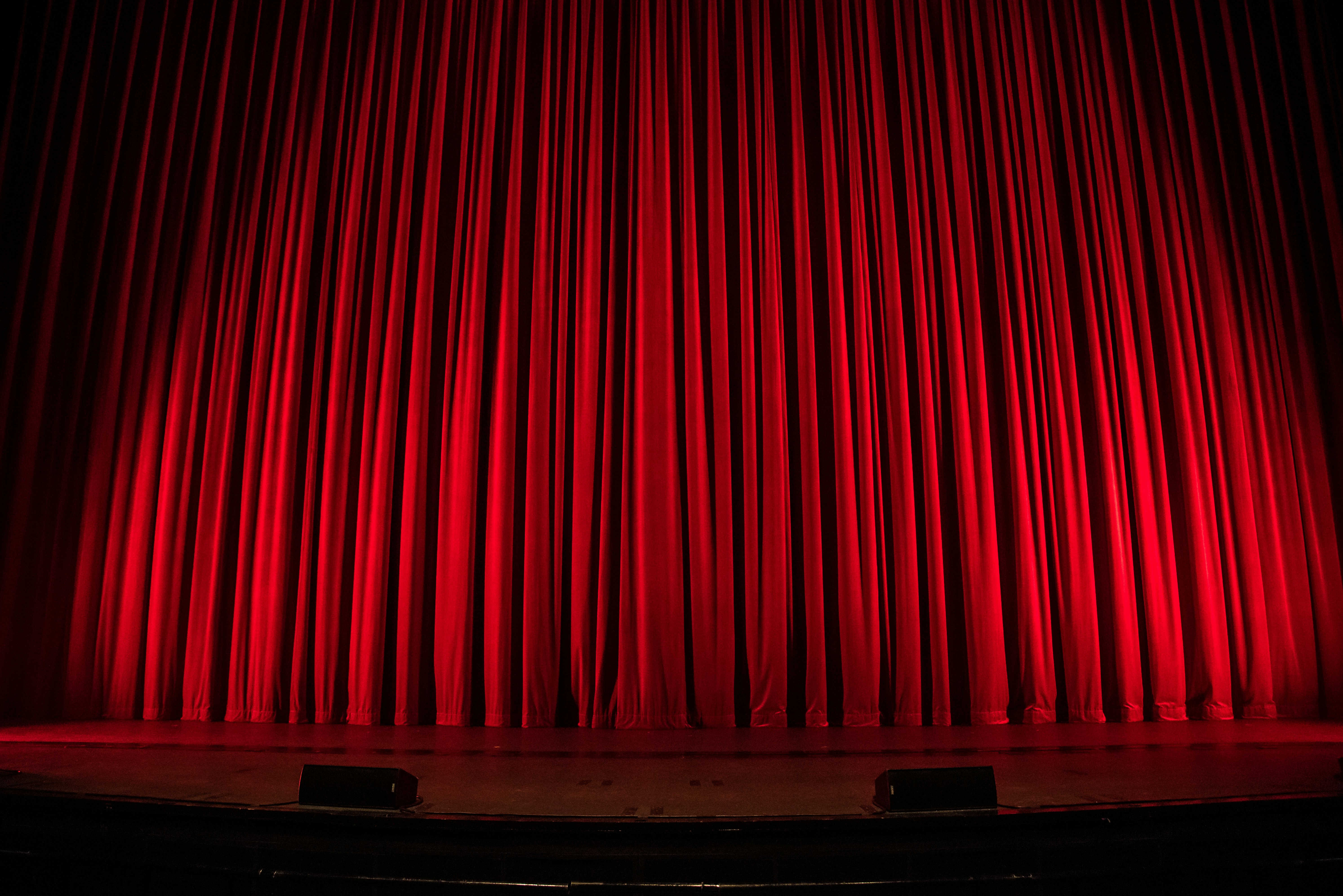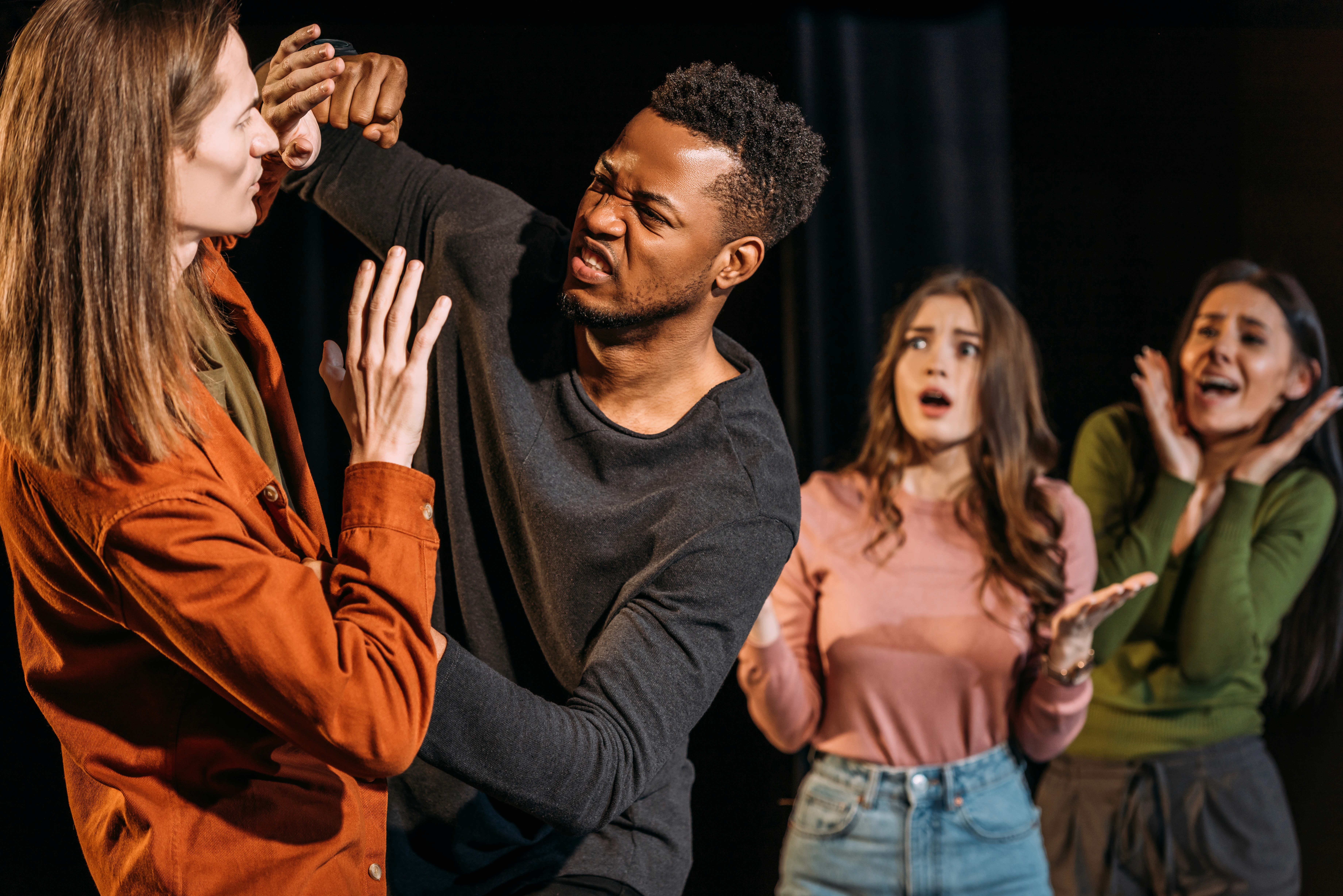Multimedia
Definition:
"Multimedia" refers to the use of several different forms of communication, such as video, sound, and lighting, in a production. It integrates various media elements to create a richer, more immersive experience for the audience.
Detailed Explanation:
In the context of theatre and live performance, multimedia involves the combination of different media forms, including video projections, sound effects, music, lighting effects, and sometimes interactive elements, to enhance the storytelling and overall impact of the production. This approach leverages the strengths of each medium to create a cohesive and dynamic presentation that engages multiple senses simultaneously.
Multimedia can transform a traditional performance into a more engaging and visually stimulating experience. It allows for greater creativity and flexibility in how stories are told, enabling productions to convey complex themes and emotions more effectively. The integration of multimedia elements requires careful planning and coordination to ensure that all components work together seamlessly.
Key Elements of Multimedia:
Video Projections:
The use of projectors to display images, videos, or animations on various surfaces, adding visual depth and context to the performance.
Sound Effects:
The incorporation of pre-recorded or live sound effects to enhance the auditory experience and create a more immersive environment.
Music:
Background music, live performances, or pre-recorded tracks that complement the action on stage and set the mood.
Lighting Effects:
Dynamic lighting designs that change in sync with the performance, adding emphasis and mood to different scenes.
Interactive Elements:
Technologies such as motion sensors, touchscreens, or audience participation tools that allow the audience to interact with the performance.
Advantages of Multimedia:
Enhanced Engagement:
Multimedia captures the audience’s attention more effectively by stimulating multiple senses, making the performance more captivating.
Creative Expression:
Provides artists with a broader palette of tools to express their vision, enabling more innovative and visually compelling storytelling.
Immersive Experience:
Creates a more immersive environment that can transport the audience into the world of the performance, enhancing emotional impact.
Challenges of Using Multimedia:
Technical Complexity:
Integrating various multimedia elements requires technical expertise and sophisticated equipment, which can be challenging to manage.
Coordination:
Ensuring that all multimedia components are synchronized and work together seamlessly demands careful planning and rehearsal.
Cost:
The use of multimedia can be expensive, requiring investment in technology, equipment, and skilled personnel.
Uses in Performance:
Theatre Productions:
Multimedia is used to create visually stunning sets, enhance storytelling with video and sound, and engage the audience in new ways.
Concerts and Events:
In live music and events, multimedia adds layers of visual and auditory effects, creating a memorable and dynamic experience.
Film and Television:
Multimedia techniques are employed to integrate special effects, sound design, and visual elements, enriching the narrative and aesthetic quality.
Design Considerations:
When incorporating multimedia into a production, several factors must be considered to ensure it is effective and cohesive:
Integration:
Ensure that all multimedia elements are seamlessly integrated into the performance, complementing rather than distracting from the core narrative.
Technical Setup:
Plan and execute the technical setup meticulously, with attention to detail in equipment placement, signal routing, and system compatibility.
Rehearsal:
Conduct thorough rehearsals to test and refine the multimedia elements, ensuring that timing, synchronization, and transitions are smooth.
Conclusion:
Multimedia in theatre and live performance involves the integration of various communication forms such as video, sound, and lighting to create a richer, more immersive experience. By engaging multiple senses and offering creative expression, multimedia enhances the storytelling and emotional impact of a production. Despite challenges related to technical complexity, coordination, and cost, the benefits of enhanced engagement, creative expression, and immersive experience make multimedia a powerful tool in modern stagecraft. With careful planning, technical expertise, and thorough rehearsal, multimedia can significantly elevate the quality and impact of any performance.


